Chapter 5
The Model T
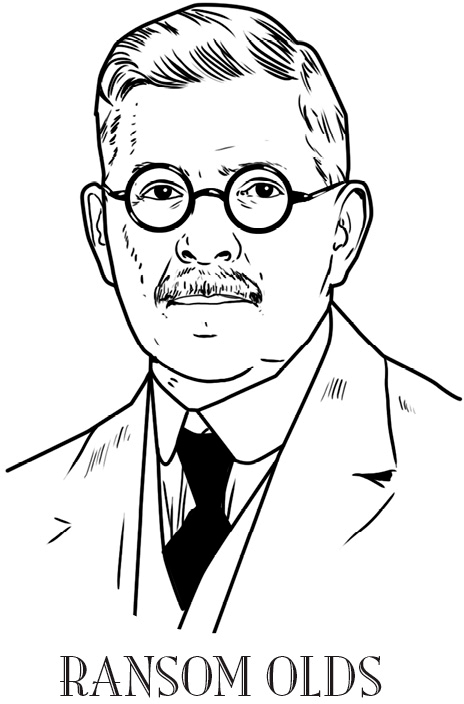
When the Ford Motor Company debuted the Model A in 1903, other Detroit automakers had already been selling cars. Ransom Olds built his early Oldsmobiles in the nation’s first factory built solely to produce cars. Henry Leland, who briefly worked with Henry, produced expensive cars under the Cadillac brand name.
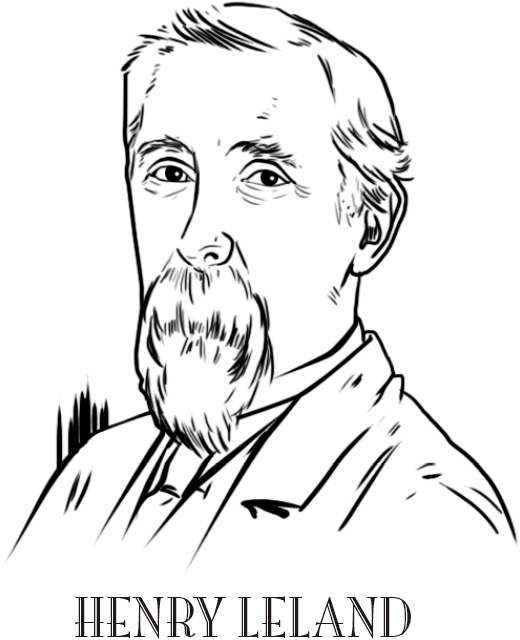
Henry used the power of advertising to convince Americans that his cheaper Model A was a better buy. As he had wanted to do for so long, Henry had finally built and sold a car that was well-made and simple to operate.
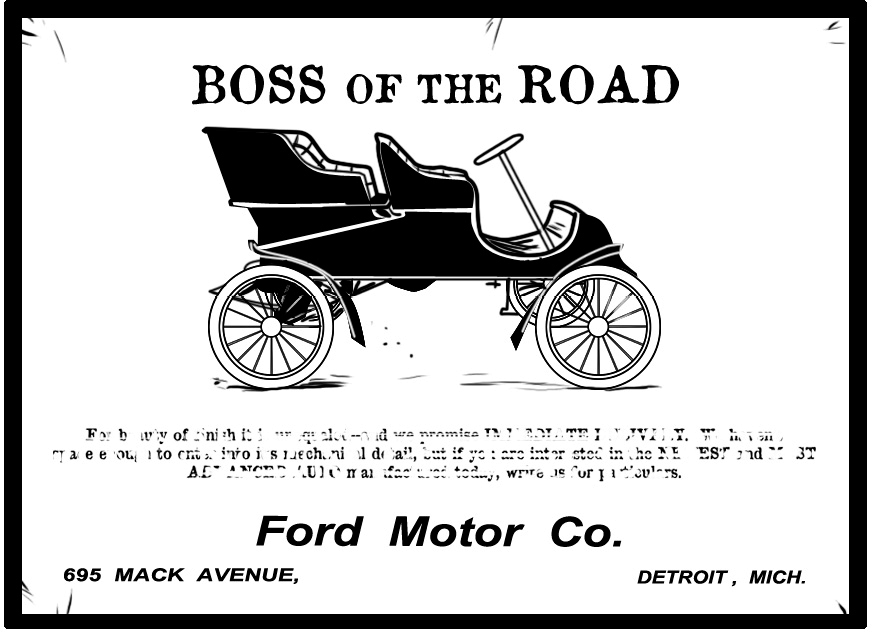
Early ads called the car “the most perfect machine on the market.” The Model A sold well, and Henry soon moved his company to a bigger factory. He often walked among the mechanics, making sure that his plans were followed exactly. If an argument erupted between workers, he could easily calm everyone down. The employees at the Ford Motor Company respected Henry as an inventor and as a fair boss.
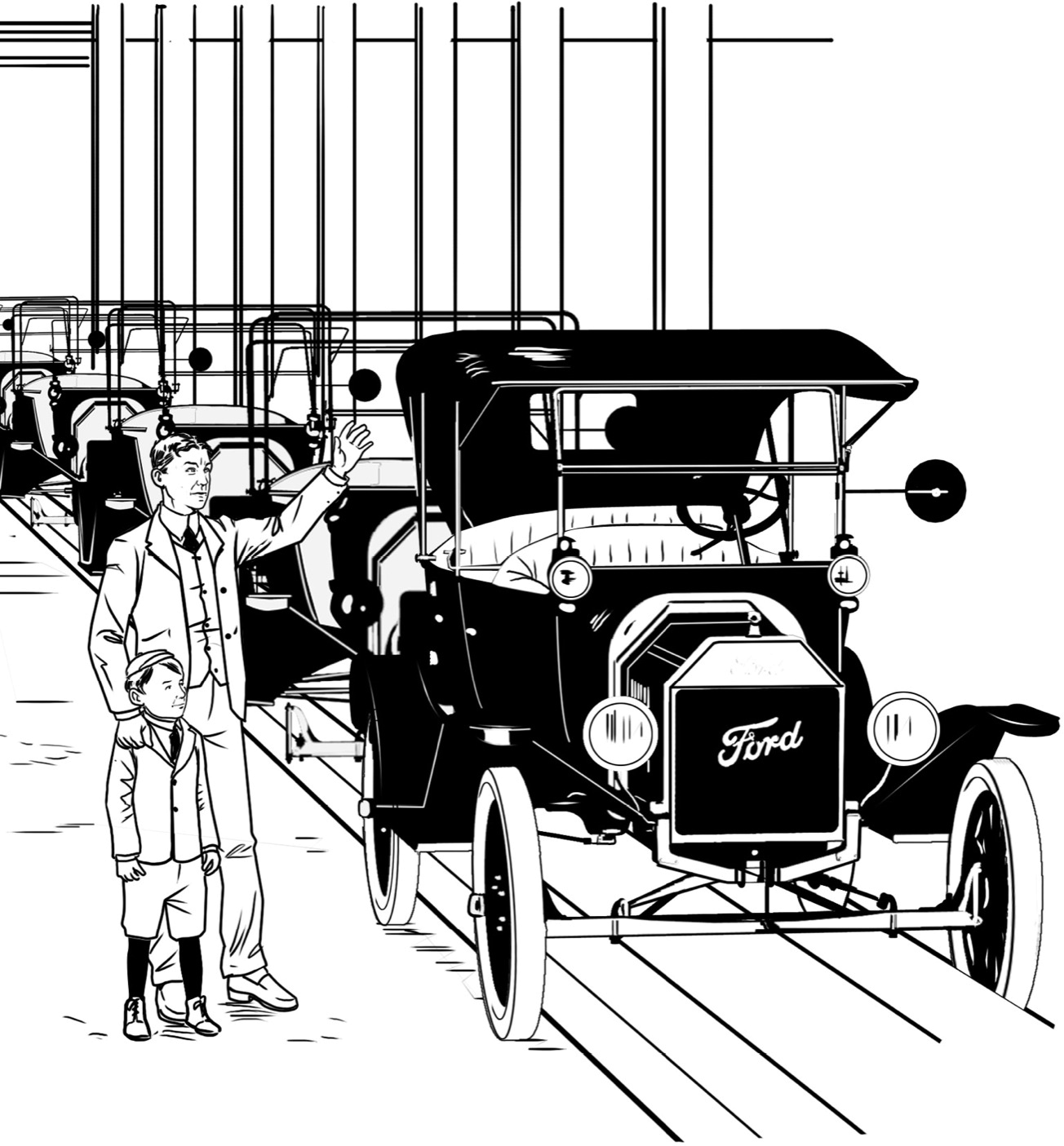
Henry sometimes brought Edsel to the plant; the boy played outside as his father worked. At age ten, Edsel received a Model A as a gift. Michigan didn’t require driver’s licenses then, since so few people had cars, and Edsel sometimes drove his mother to the store. In the winter, he thrilled his friends by towing their sleds down snowy streets!
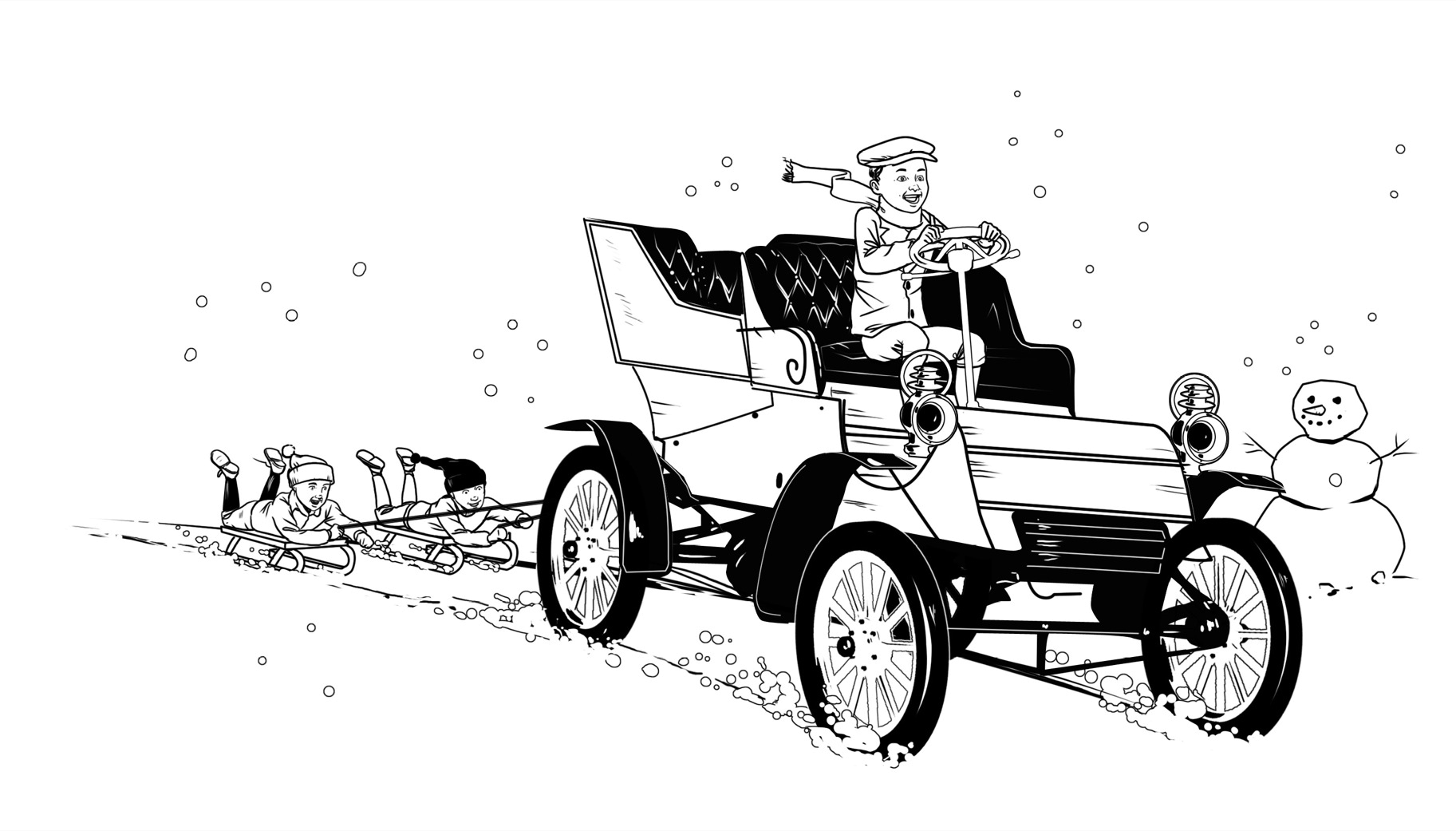
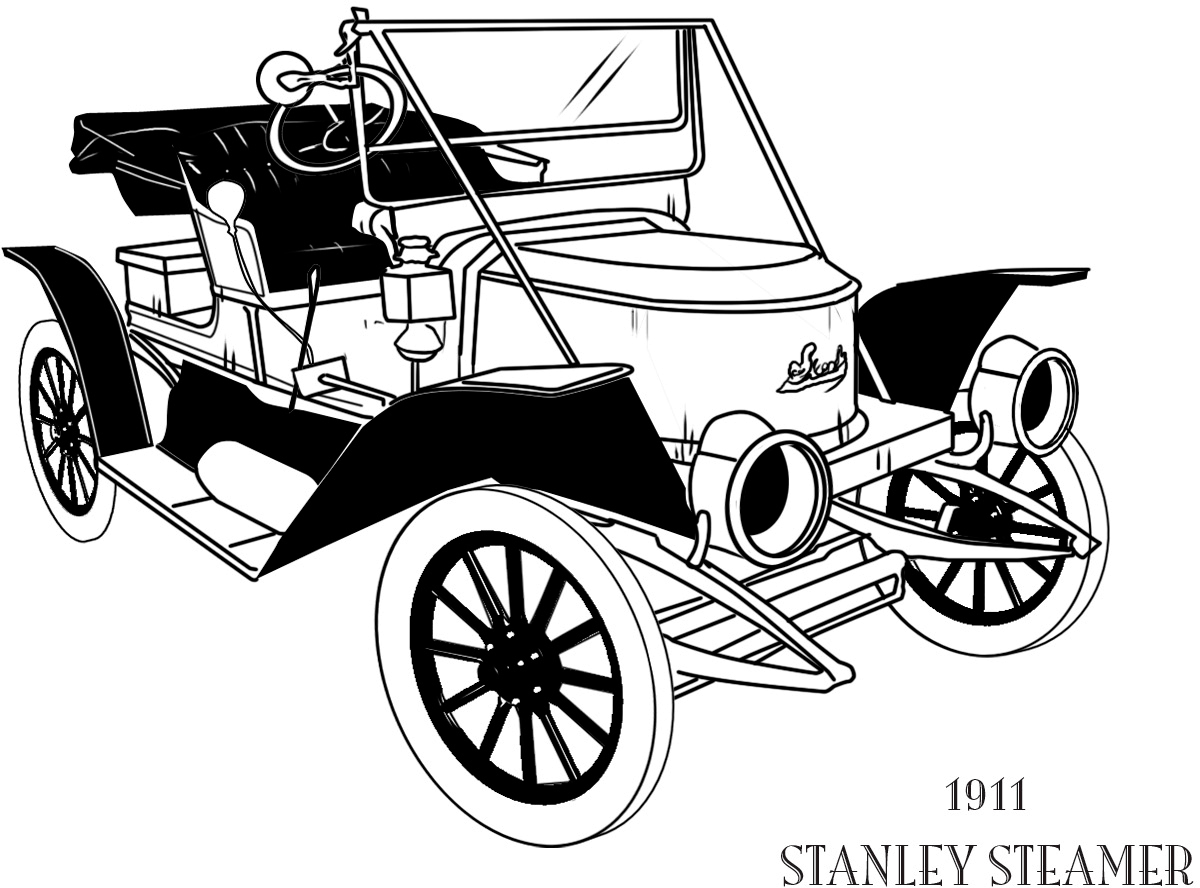
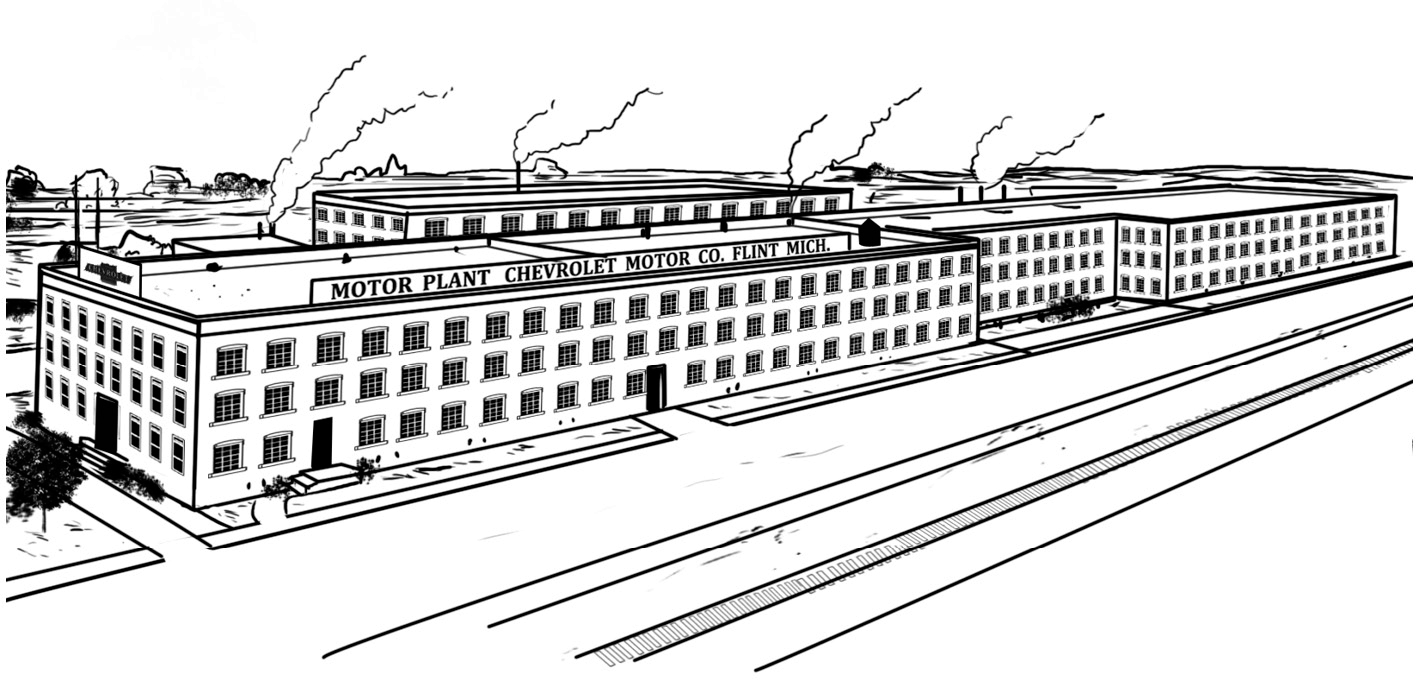
Although the Model A was cheaper than many other cars, Henry was convinced he could build one that cost even less and was easier to drive and to repair. The car had to be light, too. A lighter car could use a smaller engine to produce fast speeds. Ford once said, “Excess weight kills any self-propelled vehicle.”
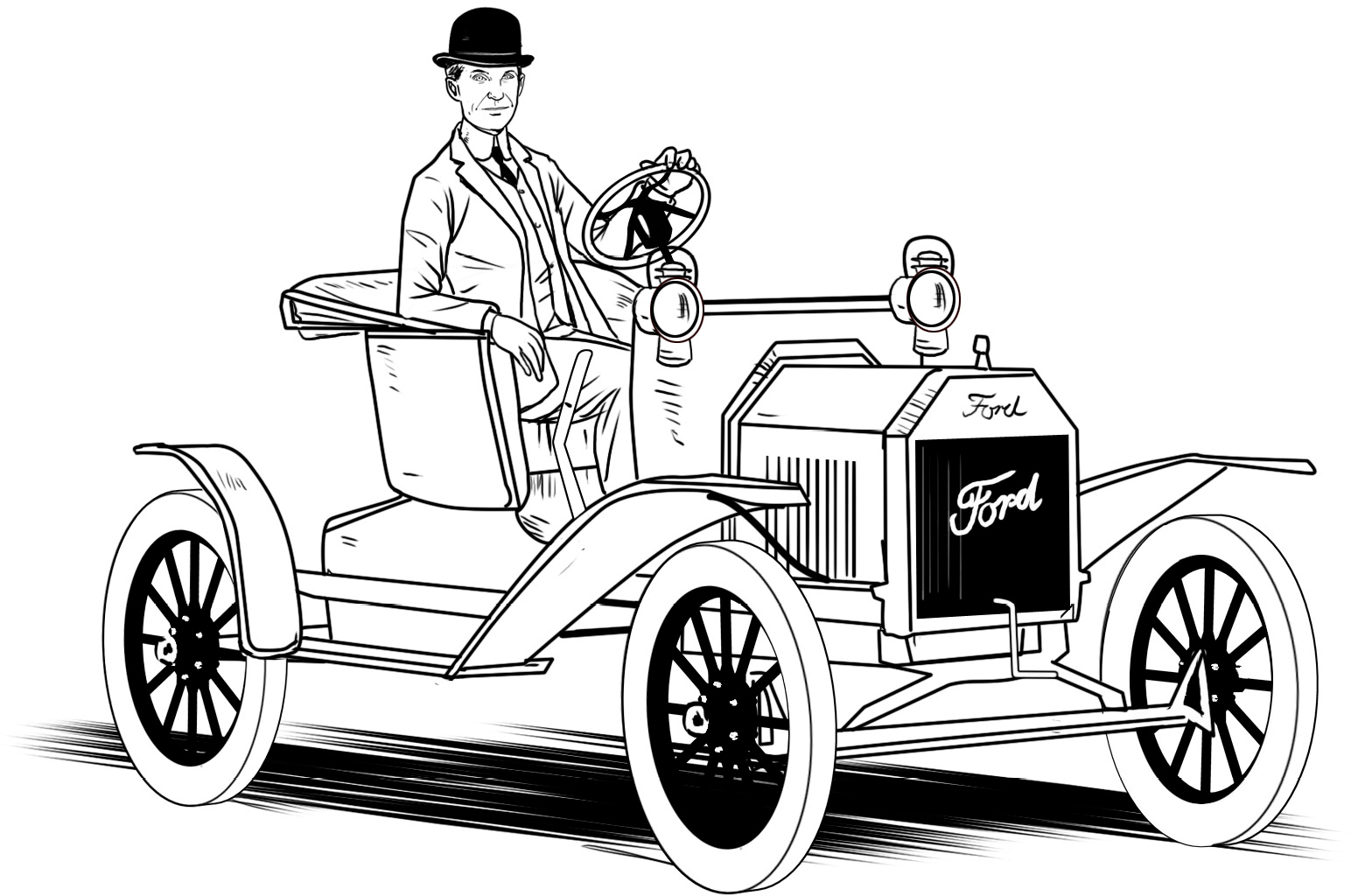
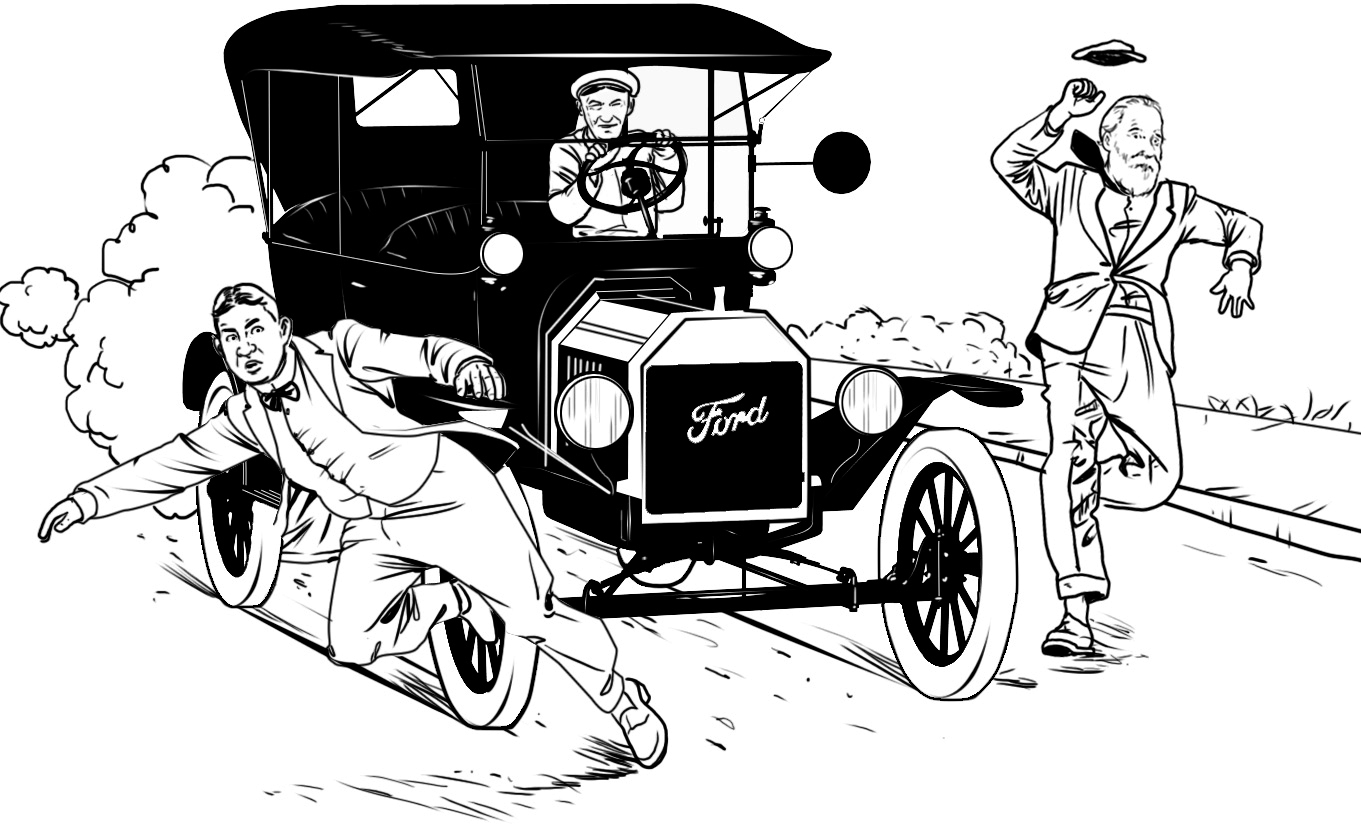
Finally, in 1908, all of Ford’s ideas on the ideal automobile came together. That year, he created the Model T. The car was larger than the Model A. It sat higher above the road than most cars, so it could ride easily over bumps and out of holes. Although more cars were being made and sold, most people still relied on horses or walking for local transportation. Many roads were still just dirt horse paths, so being able to drive across unpaved roads was a plus. The basic Model T cost $850—not much more than the Model A. But the Model T was a much better car.
Henry soon decided that he would make and sell only the Model T. His ads promised drivers, “No man making a good salary will be unable to own one.” Later ads stressed the pleasure owners would get while driving their Model Ts.
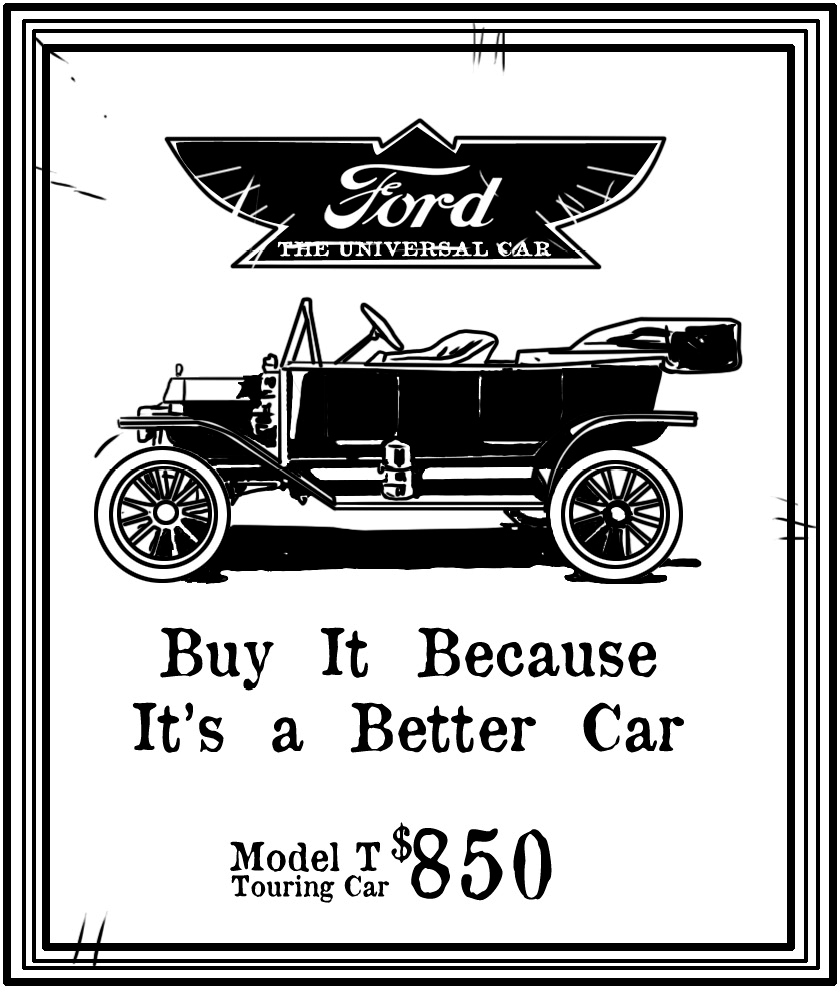
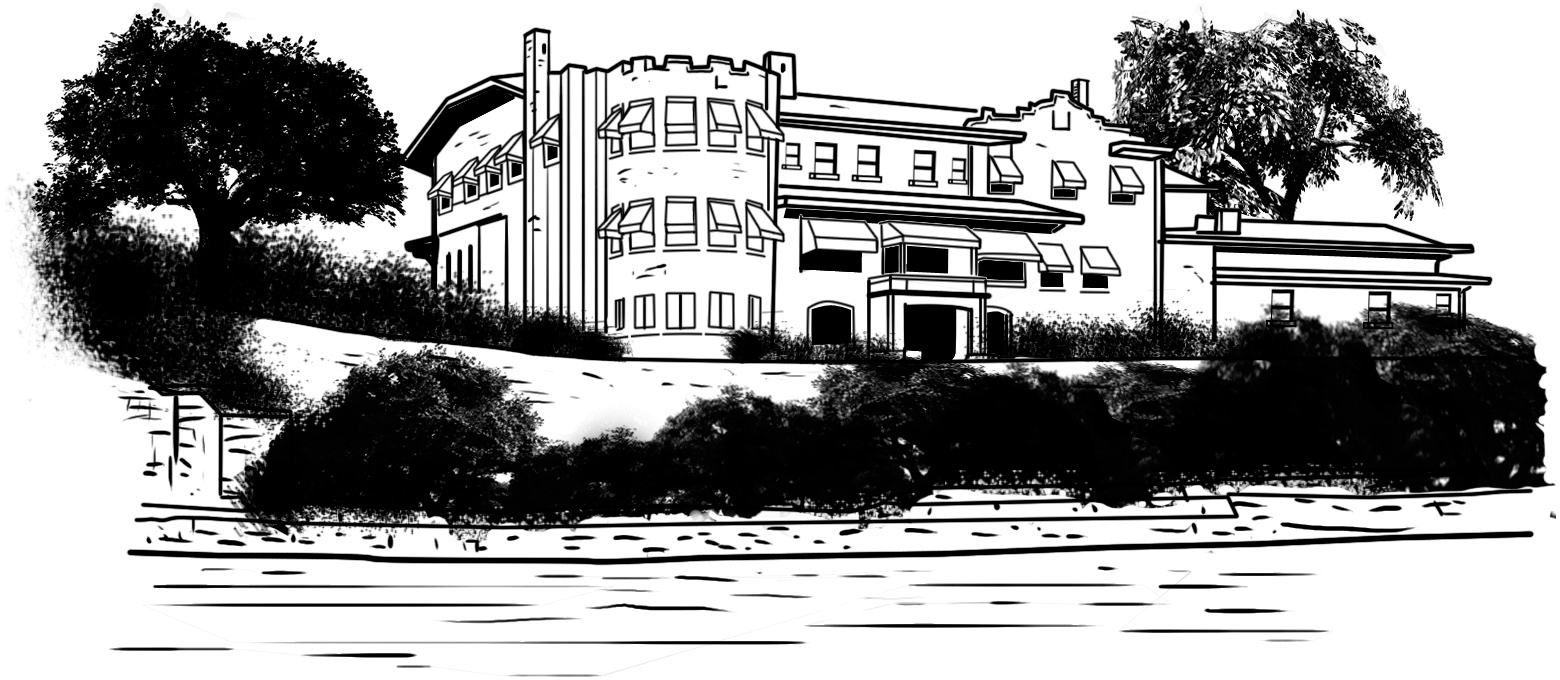
With a car, any driver could easily travel hundreds of miles in a day. A car meant the freedom to travel, and Henry believed everyone should have that freedom.
The success of the Model T made Henry very rich. He moved his family back to Dearborn, where in 1914 he built a large home he called Fair Lane. Henry liked to relax there by watching birds and listening to Clara read aloud to him.


To entertain Edsel, now twenty-one, the house had its own bowling alley and golf course. Edsel had finished high school several years before, but instead of going to college, he worked at the Ford Motor Company to learn the family business. He also had a talent for drawing, and he liked to design possible new models of Ford cars.
Even as he sold more Model Ts and made more money, Henry considered himself a simple person. He wasn’t very concerned with his growing fortune. Workers reported seeing him take a crumpled piece of paper out of his pocket only to discover that it was a check for $68,000!

Henry had stuffed it there and then forgotten all about it! To Ford, making money didn’t make a person successful. As he later wrote, “To do for the world more than the world does for you—that is success.”
During the 1910s, Henry and his staff came up with new ways to make cars faster and cheaper at another new factory, called Highland Park. The main building at Highland Park was four stories tall and almost as a big as a football field.
Henry wanted to speed up production even more. As he later explained, “We began taking the work to the men instead of the men to the work.”
This meant that, instead of having the workers walk around the factory to finish each detail of building a car, the car itself moved throughout the factory. A chain moved like a conveyor belt to pull parts from one area of the factory to another. Workers did the same task over and over, such as adding a bolt to a part as it moved along. This process of moving parts through the plant and having workers continually do the same job was called an assembly line, and it greatly reduced the time it took to make a car. Ford workers used to take about twelve hours to make one chassis (the main body of a car). On the assembly line, the same job took just ninety minutes! Ford’s new method was called mass production. One newspaper called it an “industrial marvel.”

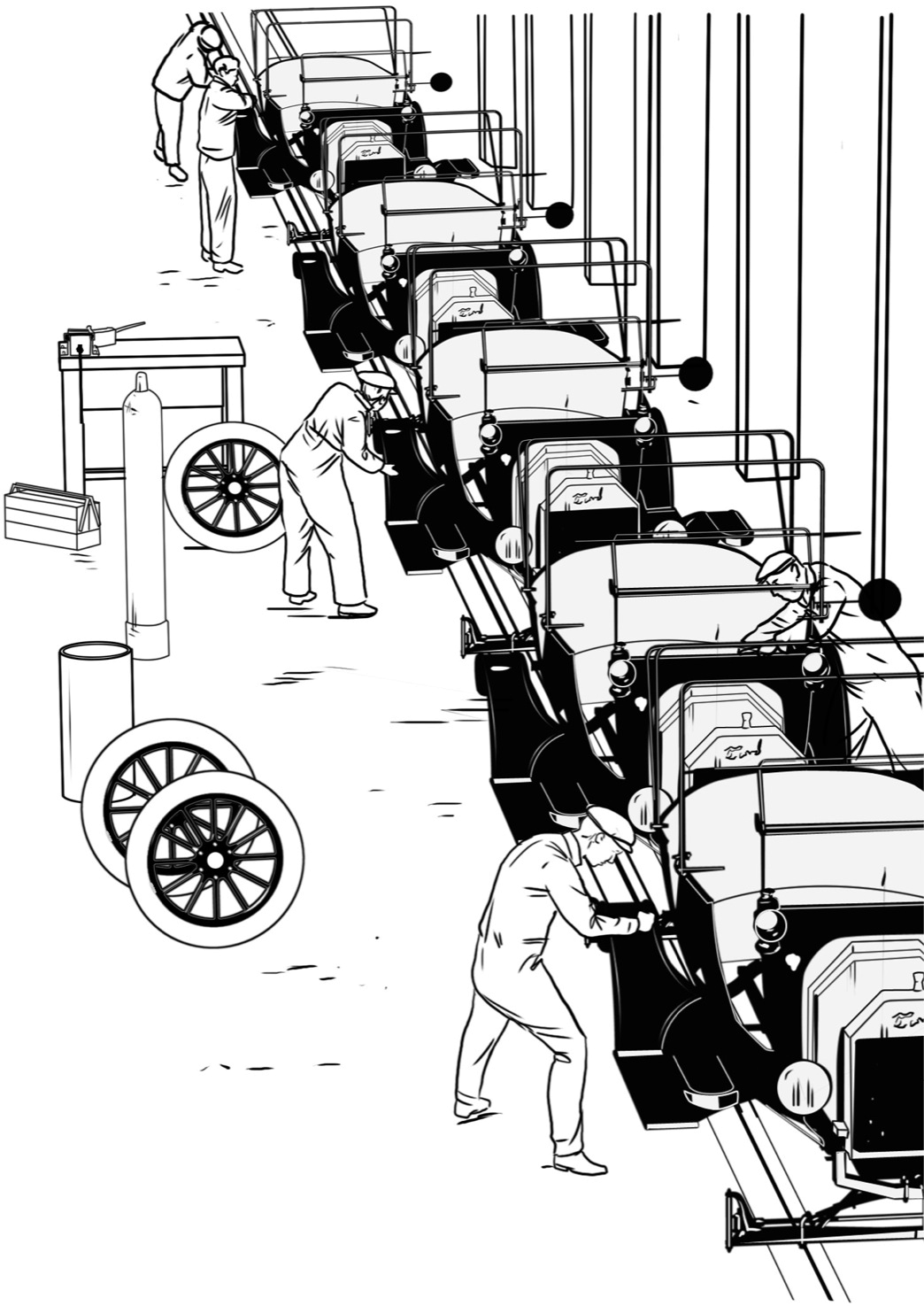
Ford produced more than sixty-five thousand Model Ts in 1912. All the other US auto companies combined made fewer cars than Ford! Chances were good that any car you spotted on the road was a Ford. All of them were painted black, because black paint dried faster than other colors. People claimed that Henry said buyers could have any color they wanted, “as long as it was black.”
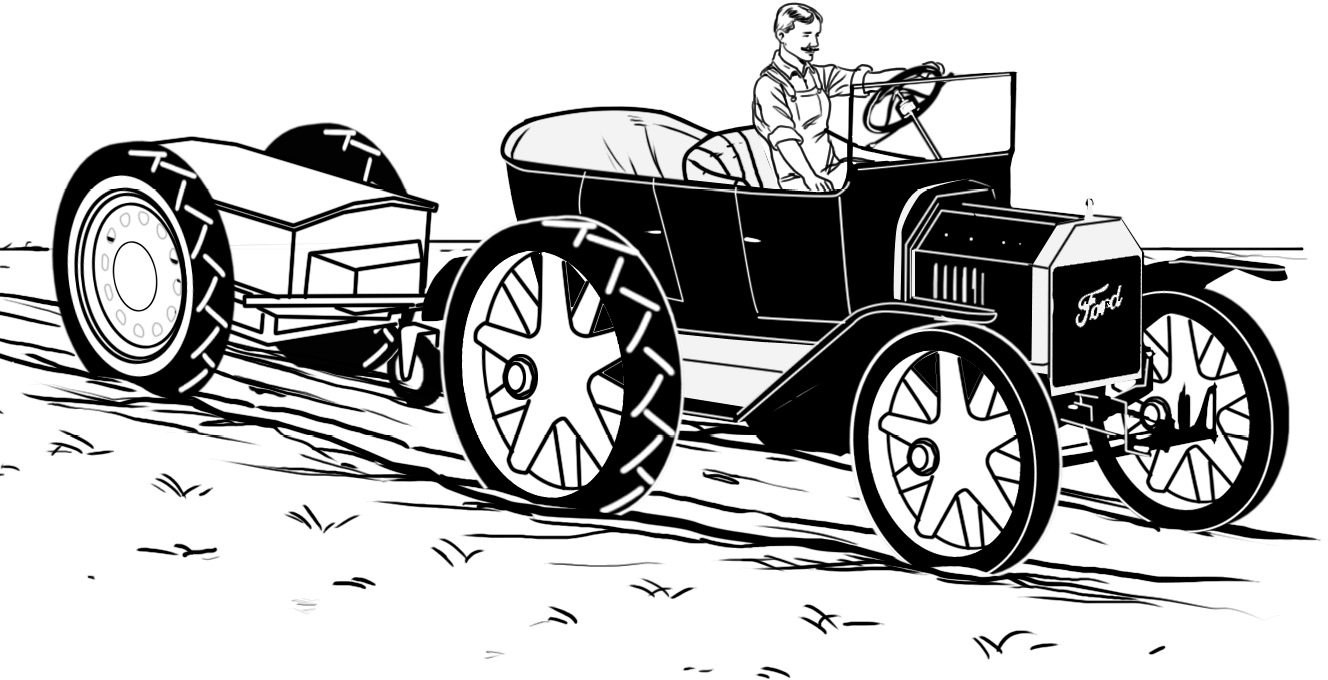
People began to use cars in many clever ways. Farmers reconnected the motors to different farm equipment and then used them to pump water or cut hay. Some people even used their Model Ts to run washing machines! And by making changes to the car’s body, the Model T was turned into a delivery truck, a taxi, or a police car. The Model T had several nicknames, such as “Tin Lizzie” and “flivver.” People loved their Fords, and Henry wanted to sell even more of them.
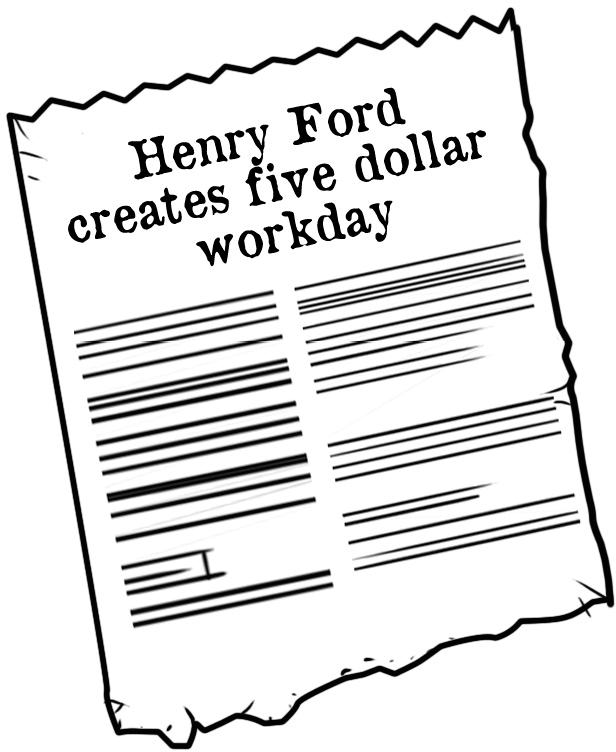
In order to make cars available to more people, Henry decided to pay his workers more money. In 1914, Ford doubled the pay of many of his workers, from $2.50 to $5.00 per day. This would allow them to easily afford the cars they made. He hoped they would be loyal to the company and work harder. Building cars by mass production was not exciting work. Some employees could not stay on the job for very long. Henry needed them at his factories and eager to work, and higher pay helped keep them there. He also believed that he had a duty to share some of the vast profits he was making from his cars. To many Americans, the $5 workday and the affordability of his car made Ford a hero.